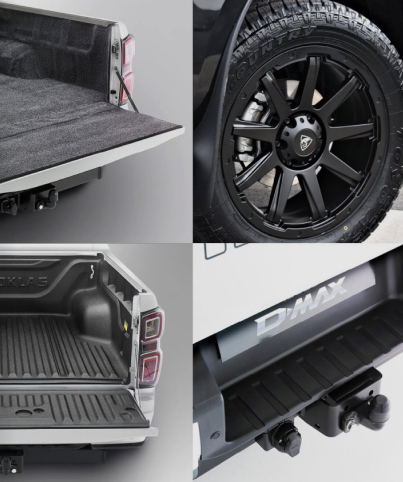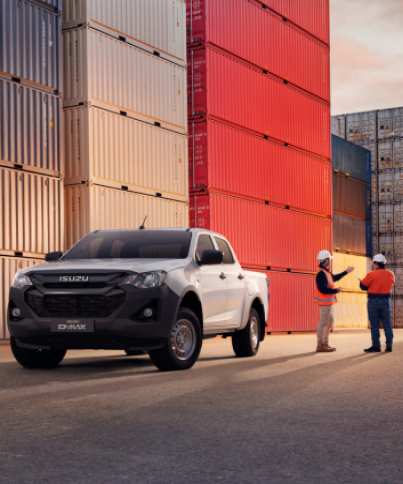PICK-UP TRUCK PAYLOAD EXPLAINED – DEFINITION, CALCULATION, AND WHY IT IS IMPORTANT
In the world of pick-ups, there are a lot of terms which are key to understanding the specification and capability of commercial 4x4s. One specific term which seems to attract confusion is vehicle payload.
So, what is the payload?
Simply, the payload of a pick-up is the weight which can be added to the vehicle without compromising safety and vehicle performance. Pick-ups often have a much higher payload than other vehicles due to both the chassis and load bed, designed for carrying larger, heavier cargo.
When calculating payload, two significant weights must be considered: the Gross Vehicle Weight and the Kerb Weight.
Gross Vehicle Weight (GRW) – The maximum weight of an entire vehicle, including the passengers, any cargo/equipment, and all the necessary fluids (oil, fuel, etc). This cannot be exceeded.
Kerb Weight – How much the vehicle weighs by itself (including the maximum necessary fluids).
To calculate payload, just subtract the Kerb Weight from the Gross Vehicle Weight:
GRW – Kerb Weight = Payload
The Isuzu D-Max range boasts a payload of up to 1205kg, with each pick-up reaching the payload threshold required to be considered a commercial vehicle.
Why shouldn’t the payload be exceeded?
If the payload is exceeded, the surplus weight will increase the strain on the vehicle, which can cause damage to the pick-up’s transmission, suspension, brakes and tyres.
For example, if the cargo in the load bed exceeds the payload of the pick-up, this can lengthen the braking distance and ultimately lead to excess wear on the brake pads and rotors.
Driving an overweight vehicle is not only bad for the pick-up, but it can also lead to legal penalisation as well as invalidation of insurance.








